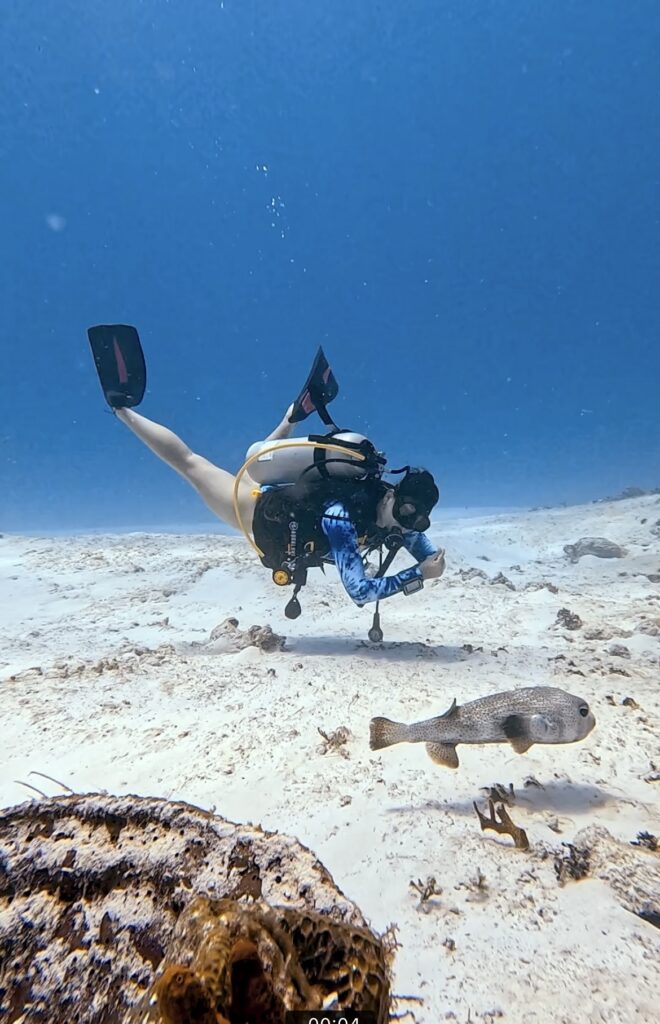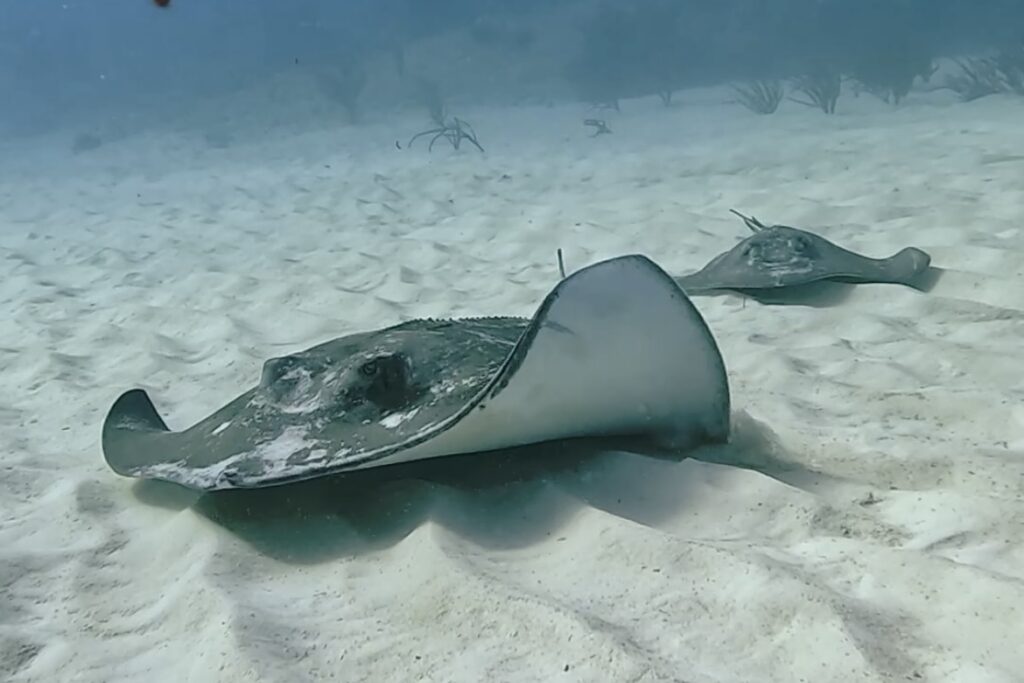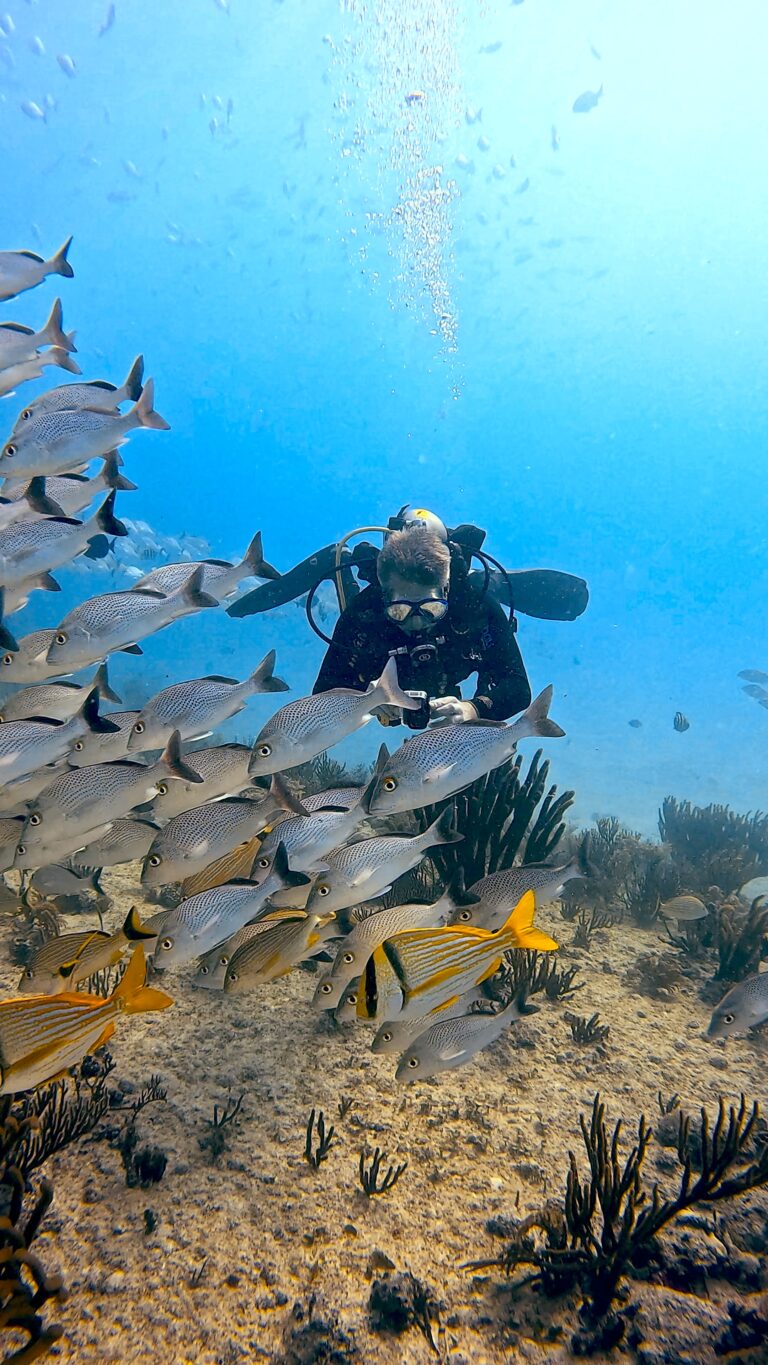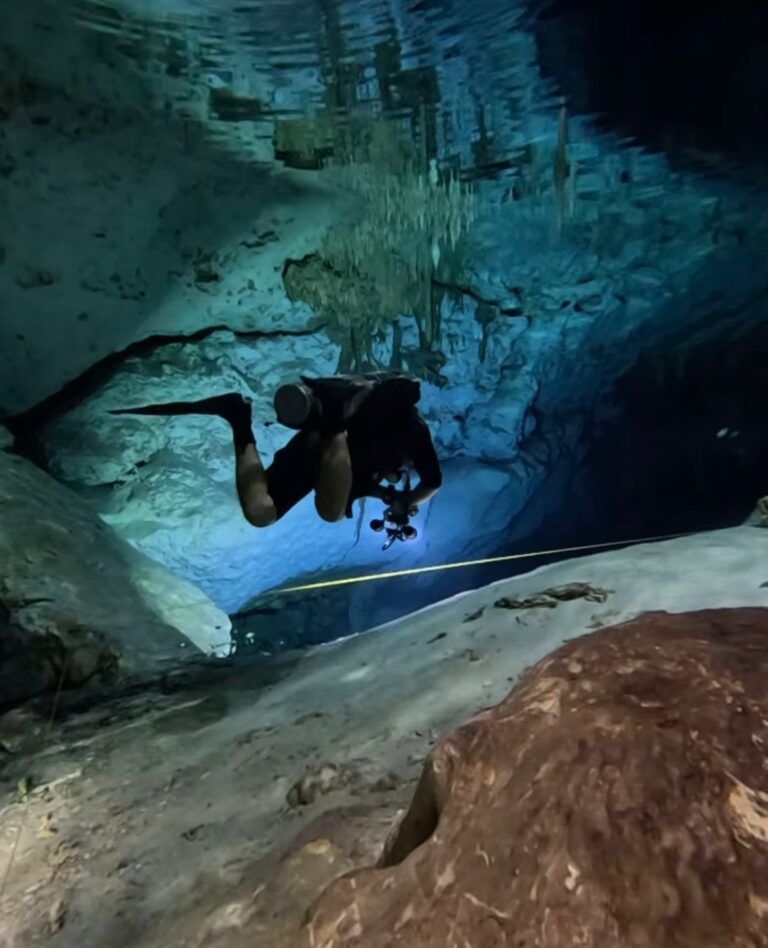Scuba diving isn’t just about strapping on gear and descending into the depths; it’s a graceful dance with the underwater world. Mastering different kicking techniques not only improves your efficiency and conserves energy but also enhances your experience with marine life and the environment. Let’s dive into some of the key kicks every diver should know:
1. Flutter Kick
The flutter kick is the bread and butter of scuba diving propulsion. It’s a simple, alternating movement of your legs similar to a freestyle swimming stroke. This kick is efficient for maintaining a steady pace and is commonly used during general diving activities and long swims. It’s great for conserving energy over extended periods underwater.
2. Frog Kick
The frog kick is characterized by a simultaneous, symmetrical movement of both legs, resembling a frog’s swimming motion. This kick minimizes disturbance to the underwater environment, making it ideal for diving in delicate or confined spaces where precision and control are crucial. It’s quieter than the flutter kick and helps reduce the risk of stirring up sediment, thus preserving visibility.
3. Modified Flutter Kick
As the name suggests, the modified flutter kick involves slight adjustments to the traditional flutter kick technique. Divers may vary the frequency and amplitude of the kicks to suit different conditions, such as strong currents or when carrying additional equipment. It offers versatility and adaptability depending on the dive environment and the diver’s comfort.
4. Helicopter Turn
The helicopter turn is a specialized kick used for precise manoeuvring underwater. By executing a series of small, controlled kicks with one leg, the diver can pivot or turn in tight spaces without excessive movement or disruption. This technique is invaluable for navigating around obstacles, exploring wrecks, or interacting with marine life without causing disturbance.
5. Back Kick
The back kick is a reverse propulsion technique that allows divers to move backward while maintaining a stable position. It’s particularly useful for photography, videography, or when needing to retreat from an object or creature without turning around. Mastery of the back kick enhances situational awareness and control underwater.
Tips for Mastering Diving Kicks:
- Practice Regularly: Like any skill, proficiency in diving kicks comes with practice. Spend time refining each technique in different conditions.
- Observe Marine Life: Mastering quieter kicks like the frog kick enhances your ability to approach marine life without causing undue stress.
- Stay Calm: Efficient kicking reduces air consumption and minimizes fatigue, allowing for longer and more enjoyable dives.
Mastering different kicking techniques not only enhances your diving skills but also deepens your connection with the underwater world. Whether you’re exploring coral reefs, navigating shipwrecks, or encountering majestic marine creatures, the right kick can make all the difference in your underwater adventure. So, lace up those fins, practice those kicks, and dive into a world of tranquillity and wonder beneath the waves. Happy diving!




